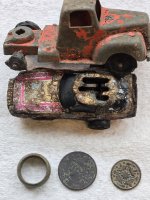L
loadams
Guest
Have you ever had a problem searching the beaches here ? I'm in MP and curious if you've ever run across a local that said, "Nope, can't be digging holes here , son."
Upvote
0






